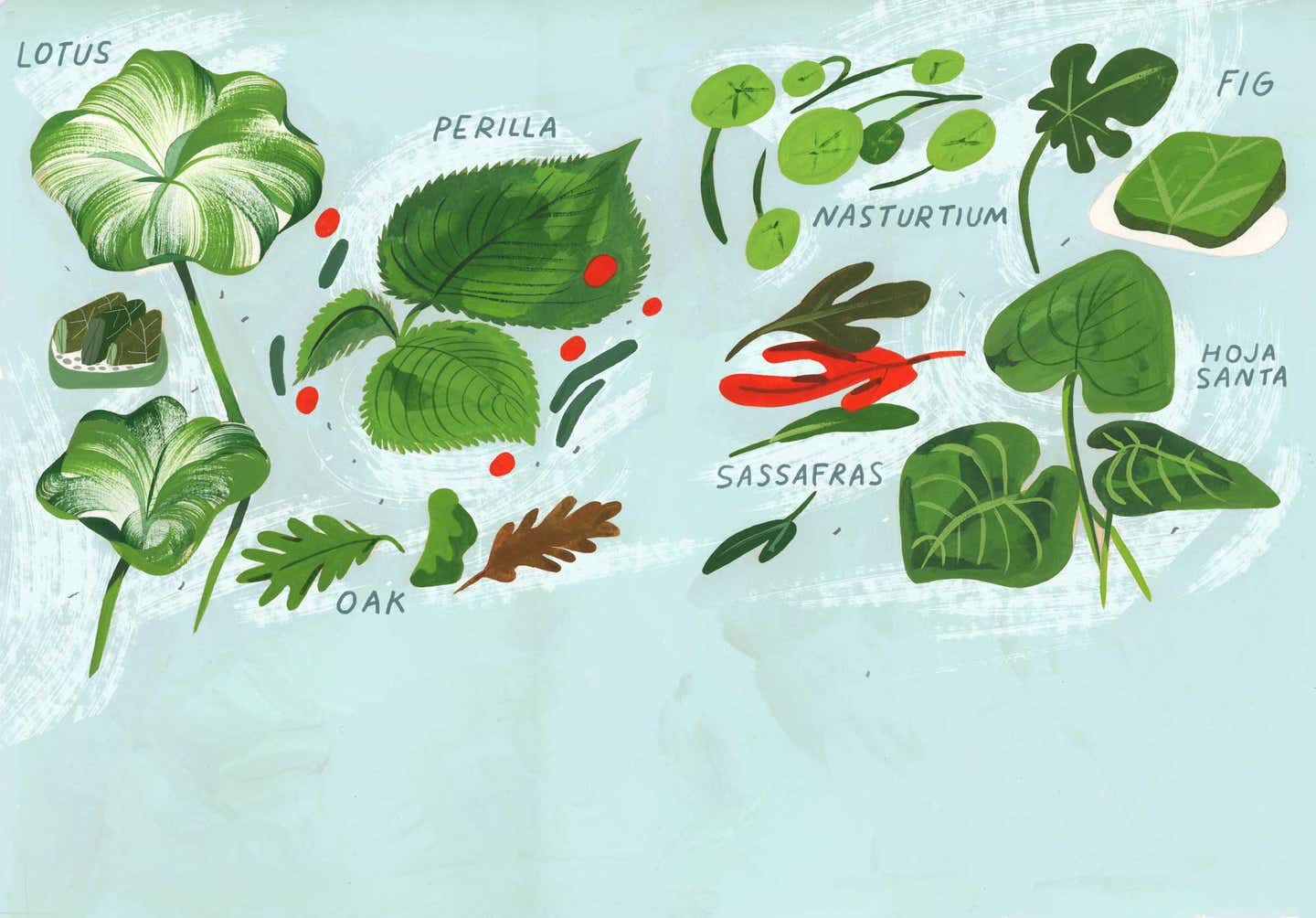
10 Flavor-Packed Leaves From Around the World to Bring Into Your Kitchen
Leaves: A lot to be desired, from sassafras to shiso
Lettuces are lovely and herbs are essential, but they’re hardly the only foliage deployed in cooking. For centuries, European cheesemakers have aged their wares in deciduous tree leaves, and the oak’s naturally tannic greenery has acted as an antifungal agent for generations of pickled vegetables. Before the advent of the paper and plastic industries, leaves were an ideal material for food wrappings, either as edible enclosures or as fragrant, inexpensive packaging. Many of these practices persist, if not out of necessity, then out of cultural preference and tradition.
Look around. Leaves shiver with possibility all summer long, just waiting to be plucked. Snap a fig leaf from the branch for savory simple syrup; soak chestnut leaves in brandy to wrap around fresh pats of goat cheese; pickle perilla for a salty, herbal Korean snack; or dry vibrant sassafras for a winter's worth of gumbo filé.
Lotus Leaves
Tropical Asia and Queensland, Australia Similar to water lilies, lotuses have wide, flat leaves that emerge just above the surface of shallow bodies of freshwater. The plant's edible seeds and rhizomes are widely used in Asian cuisines, and in southern China, the durable, waxy leaves are often dried and used as a wrapping for lo mai gai, a dim sum dish of steamed sticky rice, meat, mushrooms, vegetables, salted egg, and aromatics.
Banana Leaves
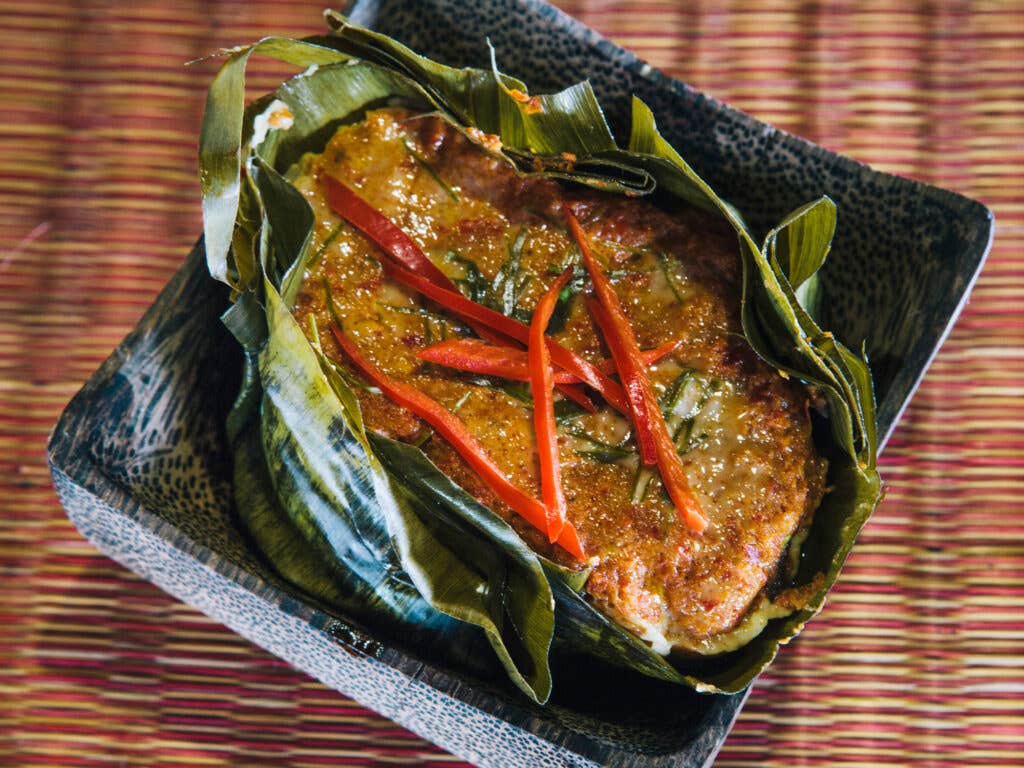
Native to Southeast Asia, and cultivated in tropical regions across the world These enormous leaves have culinary uses just about everywhere they grow, from the Indian Subcontinent to Puerto Rico, Central Africa and Thailand. They are easily available frozen outside of their native regions; the packaged leaves come cut into wide strips or squares and then packed into large envelopes before freezing. When thawed, they retain their moist and flexible texture and grassy-sweet aroma that make them such a popular cooking ingredient. The leaves are not typically consumed whole, but rather they are used as a natural wrapping for cooking foods, as plate liners, or as a flavoring.
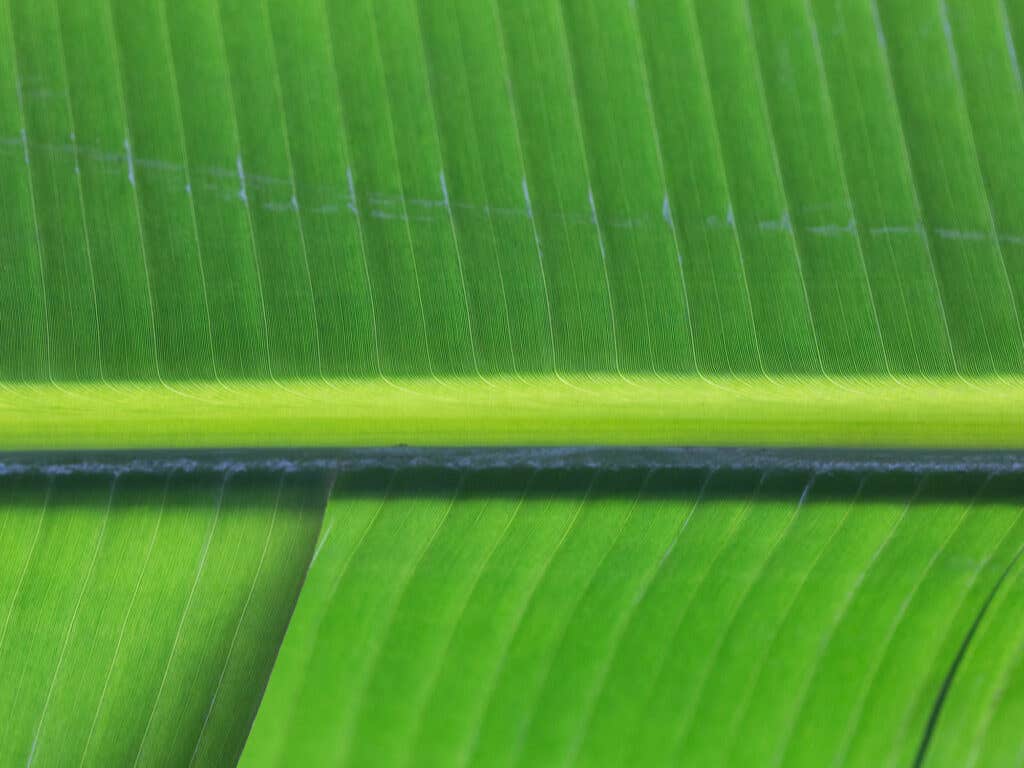
Oak Leaves
Cool temperate to tropical latitudes in the Americas, Asia, Europe, and North Africa A symbol of fortitude and prosperity, the oak tree has a high level of tannic acid, which means it can thrive in the midst of insect or fungal attack. This natural and nontoxic preservative lends itself to pickling; a few astringent oak leaves in a jar of fermented Russian pickles is a traditional way to keep summer cucumbers crisp.
Shiso Leaves
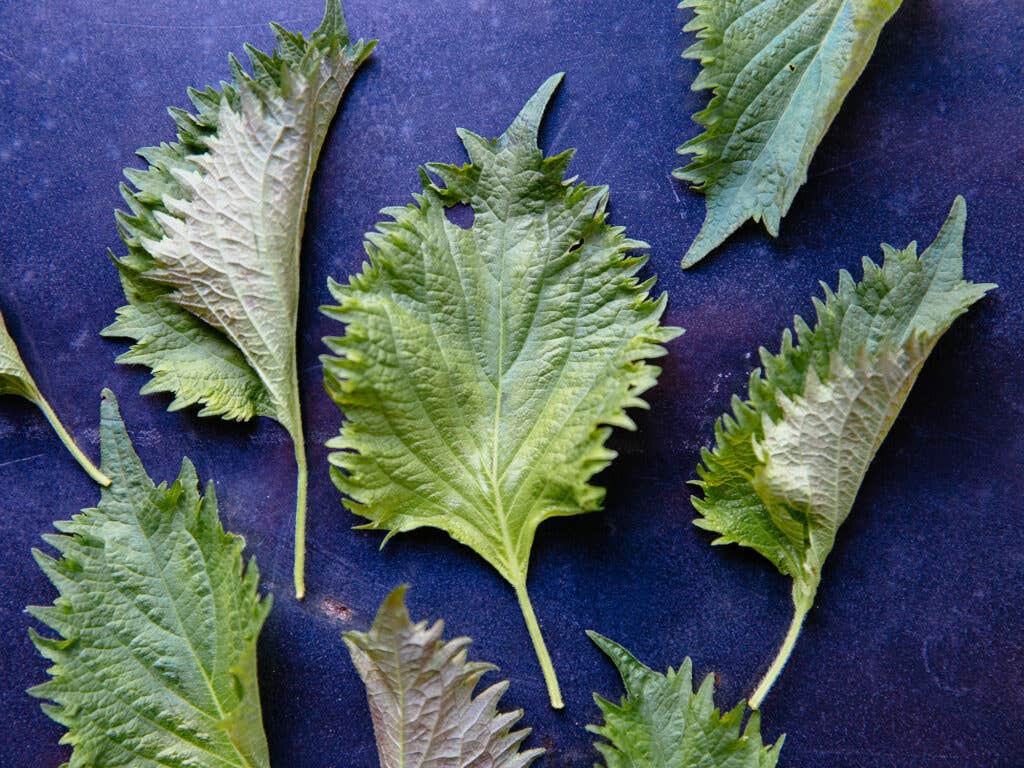
Native to Japan, Korea, and India, and cultivated in the United States and Canada This teardrop-shaped leaf is called shiso in Japan, and perilla or deulkkae in Korea. Smaller and softer, Japanese shiso can occur in green or purple varieties, the latter of which are used for coloringumeboshi (Japanese salt plums). Green shiso is often enjoyed fresh as an herb or garnish. Korean perilla is more substantial, with a spicy flavor similar to cinnamon and anise. When marinated and fermented, deulkkae are called kkaennip jangajji and are a popular Korean banchan (snack served with rice).
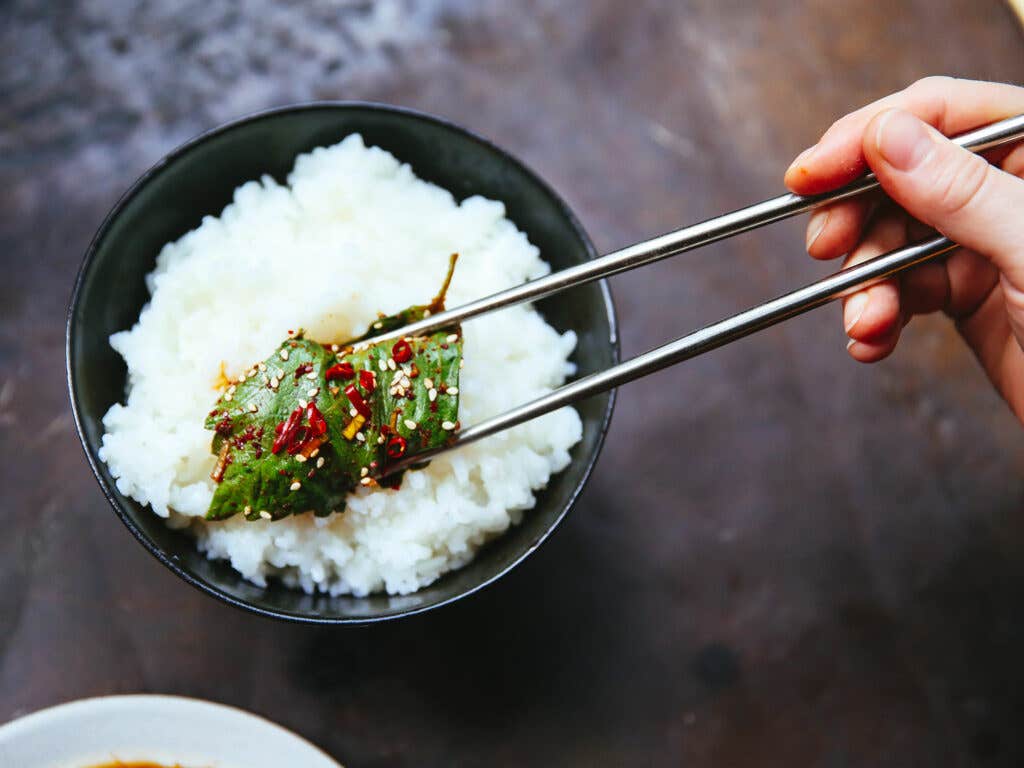
Sassafras Leaves
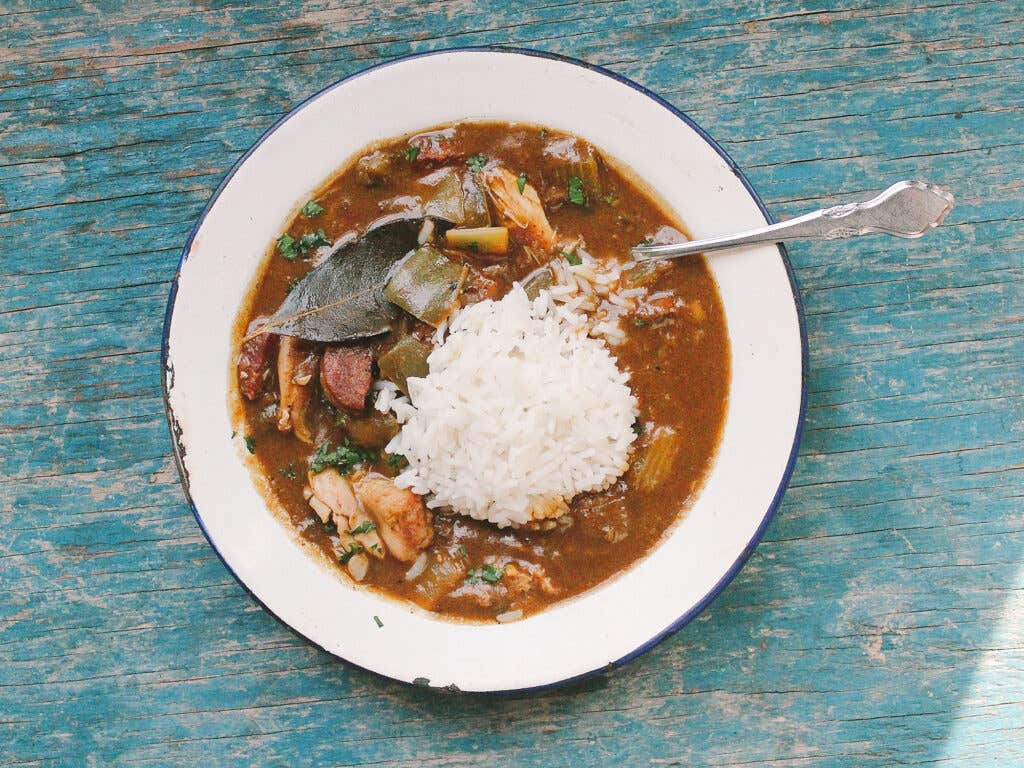
Eastern North America Sassafras roots traditionally flavored root beer, but the leaves are a necessary ingredient in Louisiana gumbo. Dried and ground to a powder called filé, the earthy, mild green (similar to oregano or marjoram) acts as a traditional thickening agent, and lends body and substance to soups and stews without additional starch.
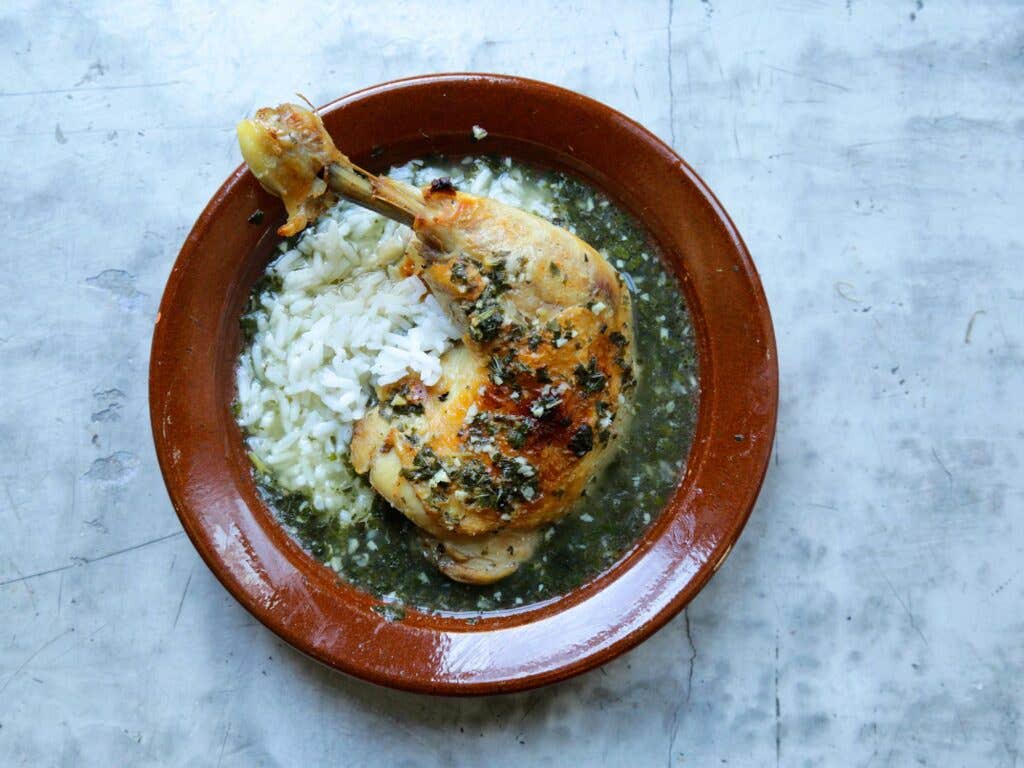
Fig Leaves
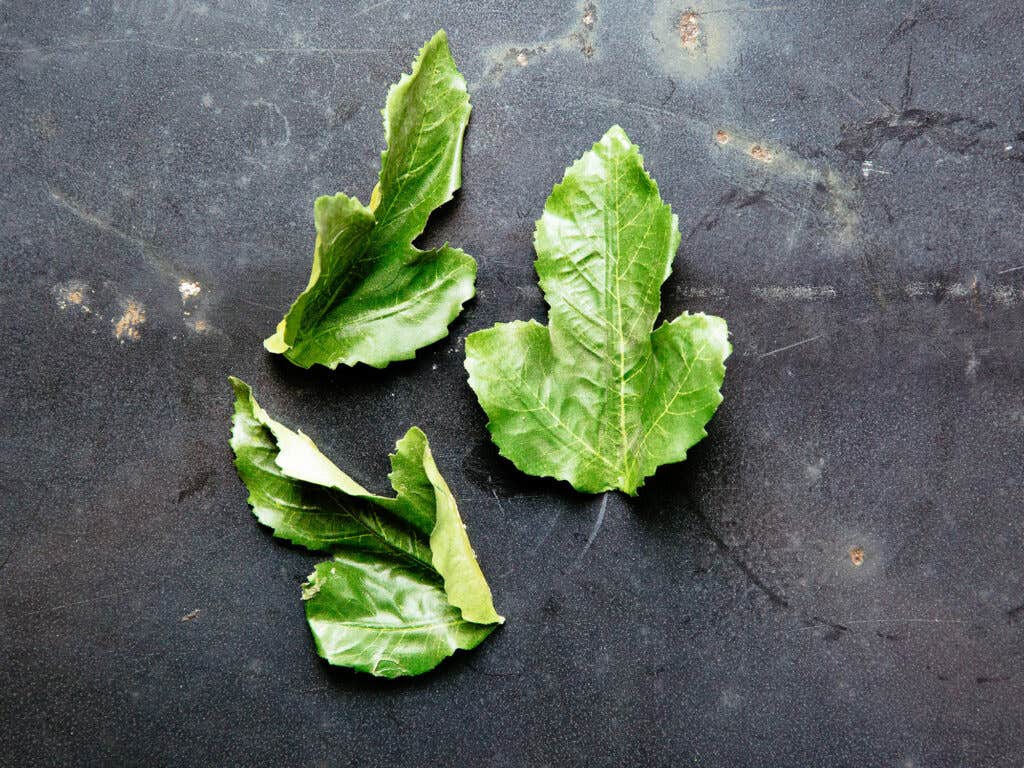
Native to the Middle East and western Asia; cultivated globally Rife with religious and artistic metaphors, the leaves of the fig are mostly overlooked for the tree’s sweet fruit. But they’re good for more than concealing biblical people’s unmentionables. Try steeping them in hot water for a soothing, nutty alternative to green tea or in simple syrup for a grassy and refreshing cocktail mixer. Fig greens also make a sophisticated surface for serving runny cheeses.
Nasturtium Leaves
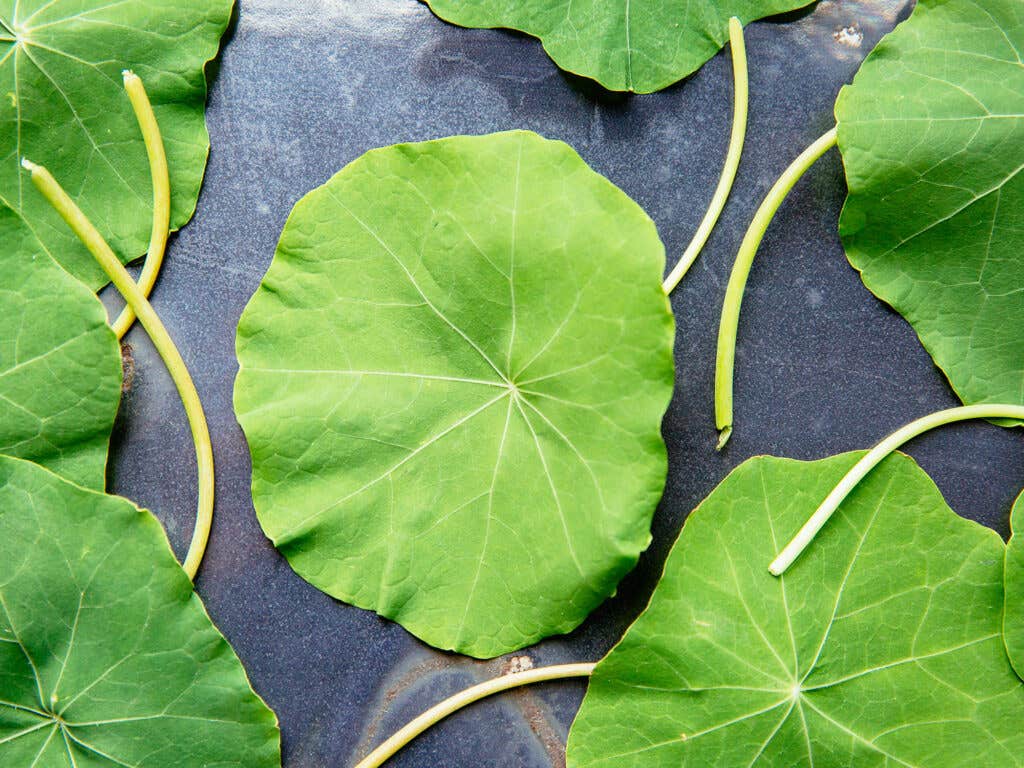
Native to the Andes; now naturalized in temperate areas of North America These delicate, floppy, vibrant-green leaves (whose colorful flowers are also edible) have a peppery bite. Add a handful to salads for a refreshing crunch akin to watercress, or use the large lily pad–like foliage for a quick-cooking variation on dolmas.
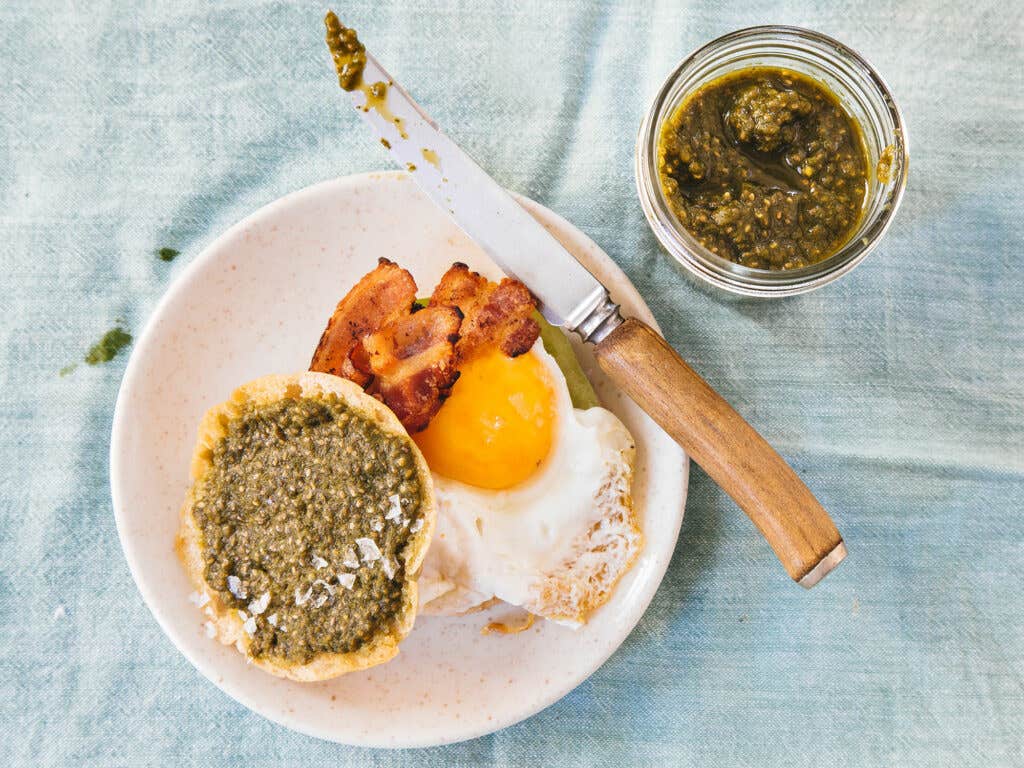
Hoja Santa Leaves
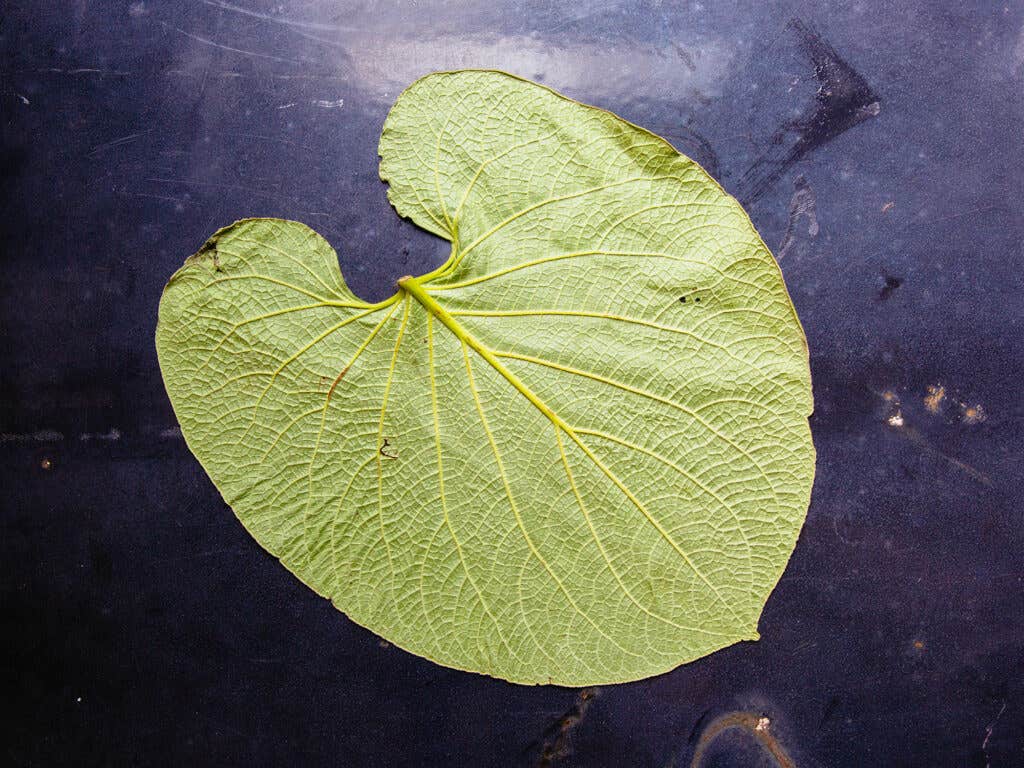
Northern South America, Central America, southeast Florida Appearing in Mexican dishes such as Oaxacan mole verde and the soothing hominy soup, pozole, hoja santa is a wide aromatic leaf comparable in flavor to licorice, sassafras, and tarragon. Paula Lambert of Dallas’s Mozzarella Co. wraps them around wheels of her fresh goat cheese, which imparts a grassy, aniselike flavor.
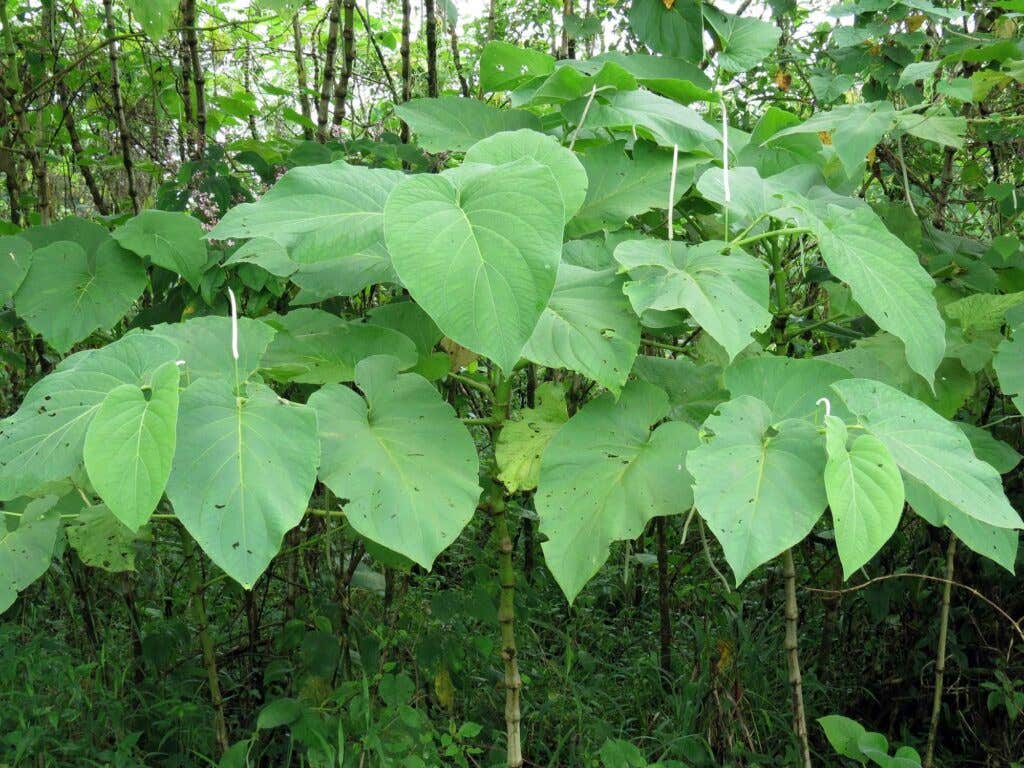
Grape Leaves
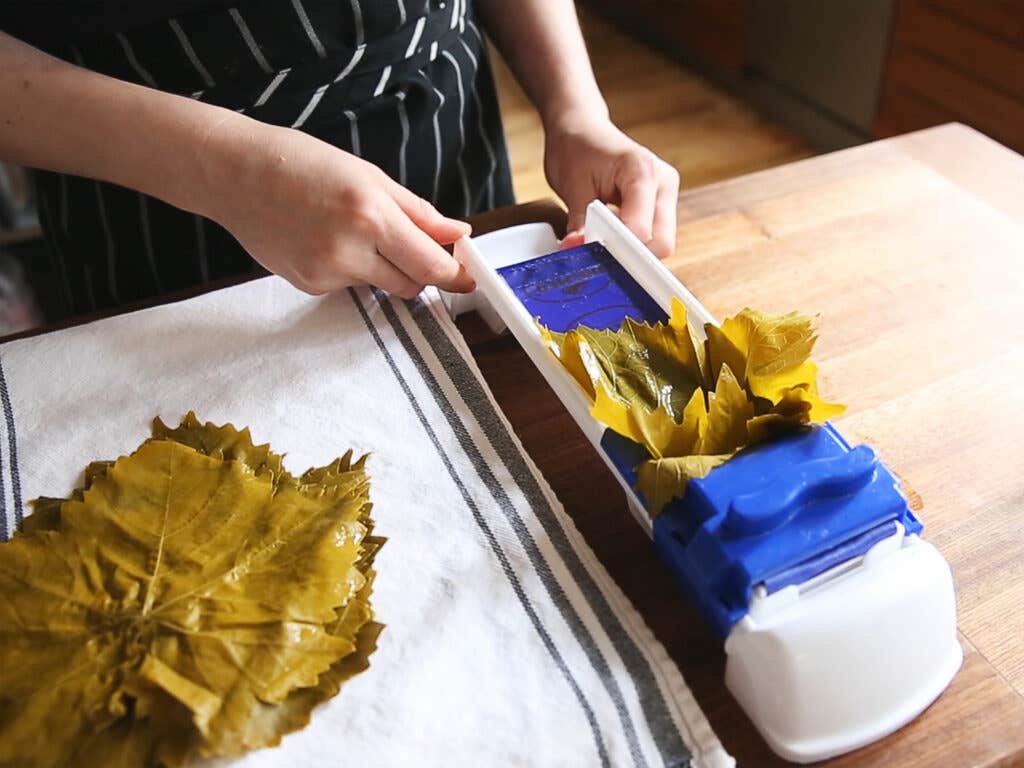
Native to the Mediterranean and Middle East Grape leaves are a staple of southeastern Europe, the Middle East, and beyond, with each cuisine bringing its own variations on stuffings and seasonings. They’re most commonly used to make dolmas, rolled and stuffed leaves filled with anything from rice and herbs to meat and dried fruit. Whenever possible, use fresh grape leaves, which taste, as you might guess, more fresh and vibrant. Choose young tender, blemish-free leaves throughout the spring and early summer and store them flat, layered with paper towels, in the refrigerator until you are ready to use them. Out of season, chef Ana Sortun uses beautiful salt-cured leaves from Sevan Bakery in Massachusetts, but sometimes the jarred version are all you can find. There is a huge variety of brands out there and they vary wildly in quality; Sortun recommends Orlando brand leaves from California. Read our Complete Guide to DIY Dolmas »
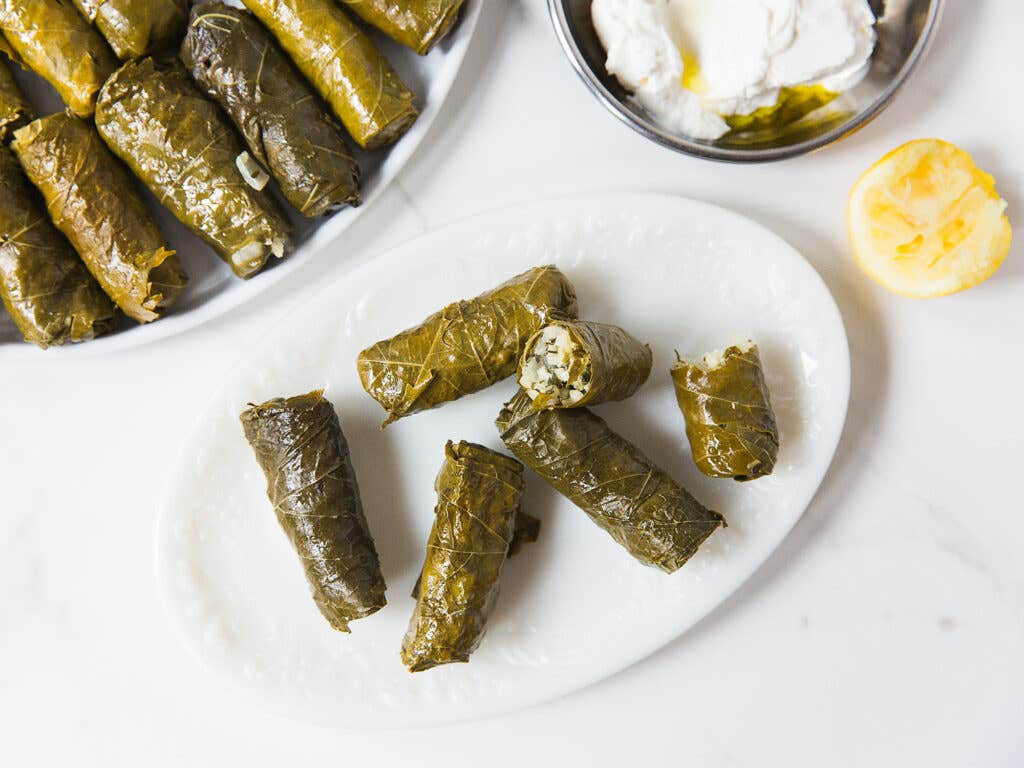
Bamboo Leaves
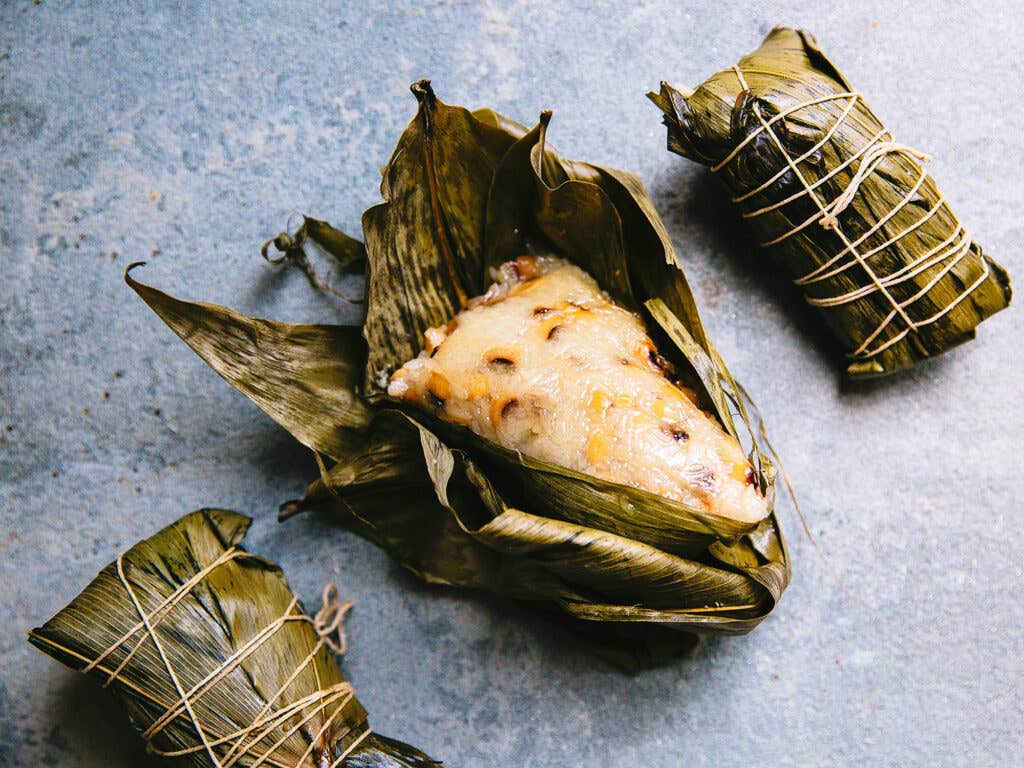
Native to East, Southeast, and South Asia; cultivated worldwide. When dried, rehydrated, and used as wrappers for fillings like Chinese zongzi, bamboo leaves release a green, tannic, walnutty perfume unlike anything else. The dried leaves should be soaked in cold water for 24 hours at least, but some cooks prefer to give them a few days. It’s also wise to purchase extra leaves, since they have a tendency to split along their center vein when folding.
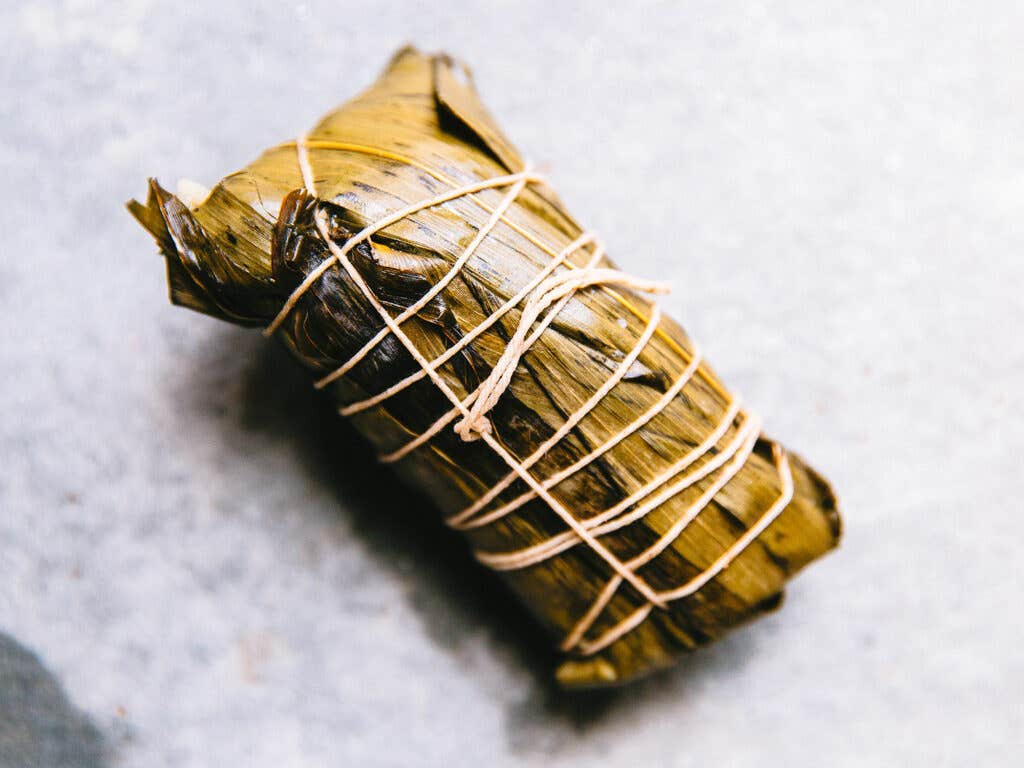
Keep Reading
Continue to Next Story










